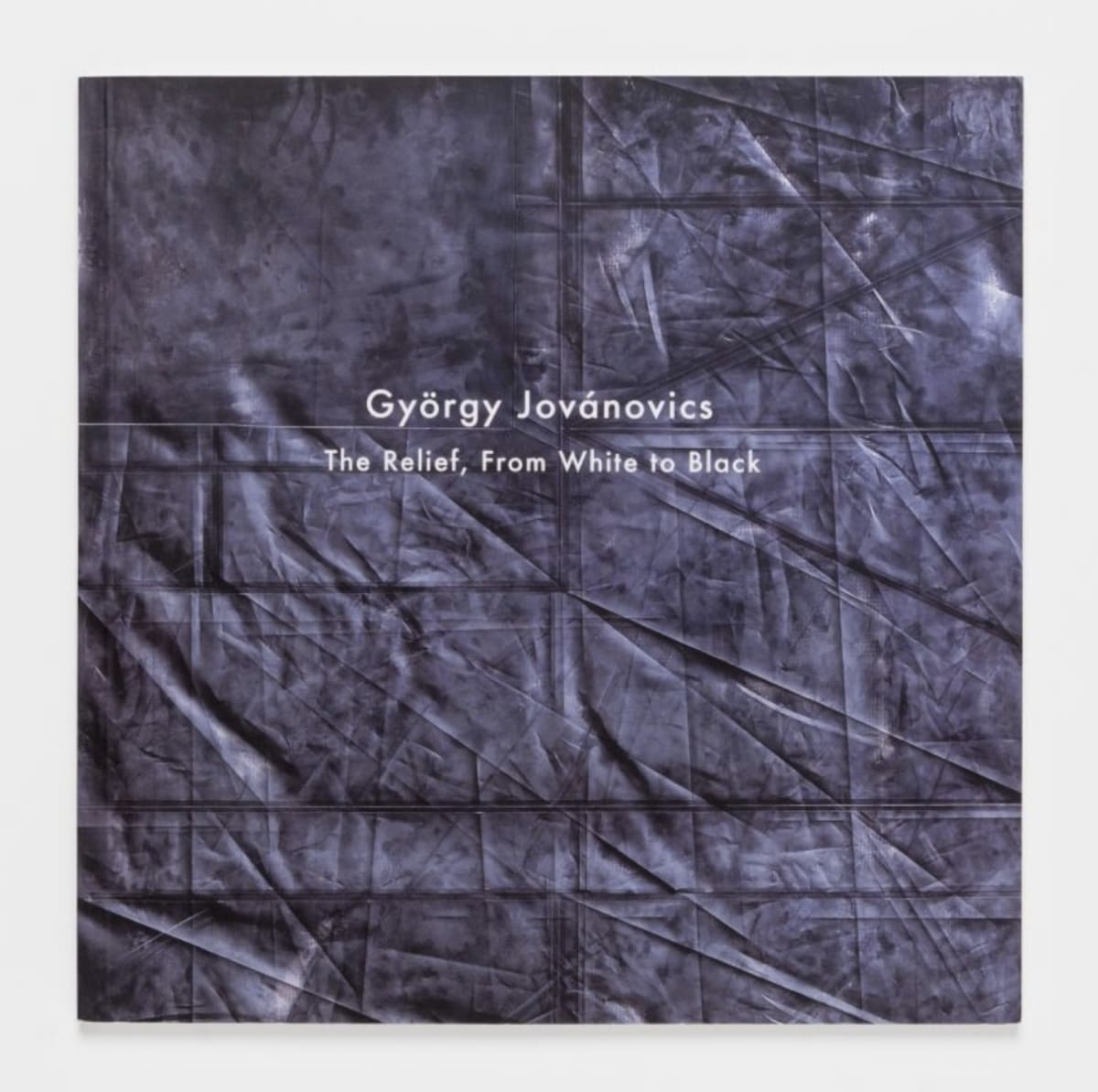Gyorgy Jovanovics Hungarian, b. 1939
Often referred to as a conceptual artist, György Jovánovics (b. 1939 Budapest, Hungary) has been considered one of the leading figures of Hungary’s art scene since the mid-1960s. Jovánovics primarily uses the ‘poor’ and frail material of plaster to create, alike marble, smooth and lustrous reliefs. Cast from thin assemblages of geometrical pieces (e.g wood, laths, folded plastic) the white reliefs give the viewer, through the fine depth of the layers and the radiance of light, a permanent swap between reality and illusion. References include classical Greek sculpture, Renaissance spatial concept, the formal language of Auguste Rodin, Cézanne’s system of picture construction and El Lissitzky’s Proun Room. While seeking answers to the universal questions of vision and shaping space, he is also closely connected to Hungarian sculpture and traditions of visual architecture.
-

Three Colours
12 Apr - 5 Jun 2021We are excited that The Mayor Gallery will be re-open to the public from the 12 April with our comprehensive exhibition Three Colours, Red-White-Blue . A wide range of artists...Read more -

GYORGY JOVANOVICS
The Relief, From White to Black 14 Sep - 28 Oct 2016Often referred to as a conceptual artist, György Jovánovics (b. 1939, Budapest) has been considered one of the leading figures of Hungary’s art scene since the mid-1960s. The Mayor Gallery...Read more






